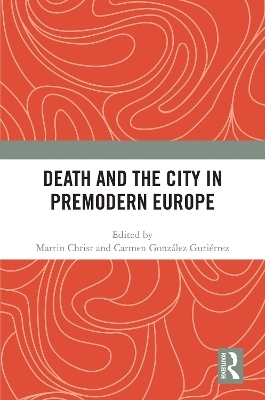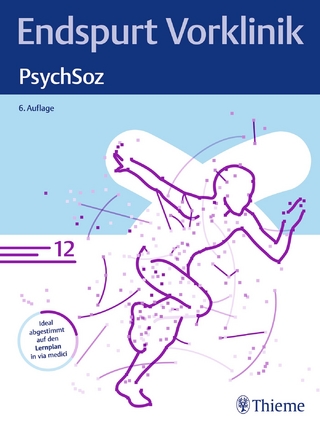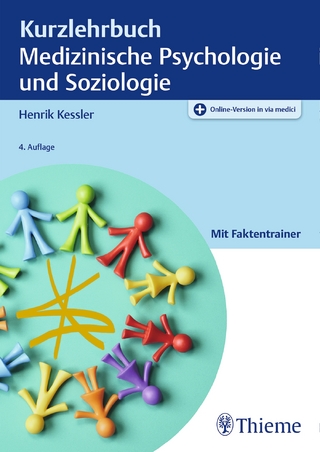
Death and the City in Premodern Europe
Routledge (Verlag)
978-1-032-74078-2 (ISBN)
Through a range of case studies, this book traces how death shaped cities, and vice versa. It argues that by focusing on death and the city, we can open up new avenues of research into religious, political and cultural change.
Dying in a city was significantly different from dying in a village or the countryside. Cities and towns were centres of commerce and learning, shaping discourses on death. The importance of urban centres meant that events had a large audience there, for example when people were executed. Urban diversity led to a wide variety of deathways, which also had to be regulated by urban magistrates. The placement of dead bodies and the urban arrangement of cemeteries were related to the high population density in towns, urban hygiene and religious changes, such as the Reformation. The fact that many cities were seats of power had a direct impact on the design of necropolises and the performance of funerary rituals. It was also in urban centres that religious, ethnic and cultural diversity tended to be more pronounced, leading to compromise and conflict when it came to burials and commemoration. Considering death and the city can therefore help us understand much broader processes of dying, urbanity and change over time.
This book is essential reading for all students and academics of death in the premodern period. The chapters in this book were originally published as a special issue of Mortality.
Martin Christ is Research Fellow at the Max Weber Centre of the University of Erfurt, where he works on the urban dead of Munich and London as part of the research group “Religion and Urbanity: Reciprocal Formations”. He is interested in confessional coexistence in early modern Europe, urban history and the placement and treatment of the dead in major European centres. He has recently published Biographies of a Reformation. Religious Change and Confessional Coexistence in Upper Lusatia, 1520-1635 (2021). Carmen González Gutiérrez is currently Ramón y Cajal Research Fellow at the department of Art History, Archaeology and Music at the University of Córdoba, Spain. She is part of the Getty sponsored workshop series “Mediterranean Palimpsests: Connecting the Art and Architectural Histories of Medieval & Early Modern Cities” (MCities). She specialises in the medieval history and archaeology of al-Andalus, especially during the Umayyad period. She has published on the medieval archaeology of Córdoba, Islamic architecture, and the history of mosques in al-Andalus.
Introduction: Death and the city in premodern Europe 1. Placemaking of the dead in urban Rome 2. Love, death, and funerals in ancient Rome: on the goddess Libitina 3. Death in Smyrna: the Martyrdom of Polycarp as urban event 4. Islamic funerary archaeology in Córdoba (Spain): state of the art and future paths 5. Regulating urban death in early modern German towns 6. Afterword: urbanity and the afterlife of death
| Erscheinungsdatum | 30.08.2024 |
|---|---|
| Verlagsort | London |
| Sprache | englisch |
| Maße | 174 x 246 mm |
| Gewicht | 371 g |
| Themenwelt | Geisteswissenschaften ► Archäologie |
| Studium ► 1. Studienabschnitt (Vorklinik) ► Med. Psychologie / Soziologie | |
| Sozialwissenschaften ► Soziologie ► Mikrosoziologie | |
| ISBN-10 | 1-032-74078-7 / 1032740787 |
| ISBN-13 | 978-1-032-74078-2 / 9781032740782 |
| Zustand | Neuware |
| Informationen gemäß Produktsicherheitsverordnung (GPSR) | |
| Haben Sie eine Frage zum Produkt? |
aus dem Bereich


